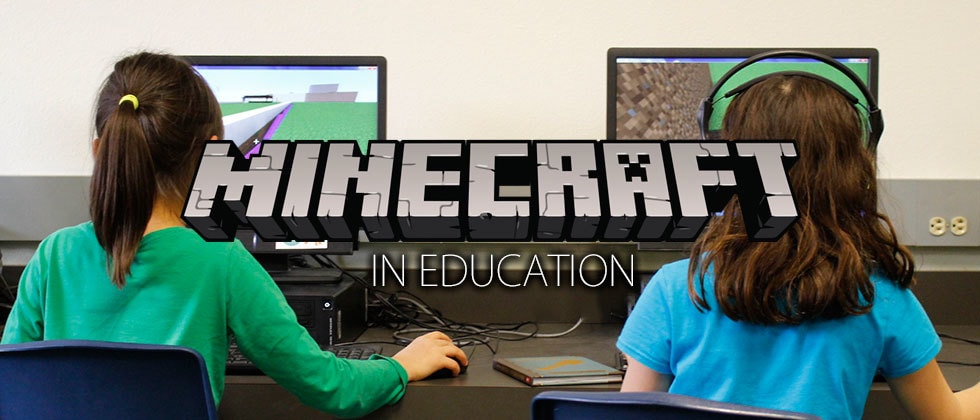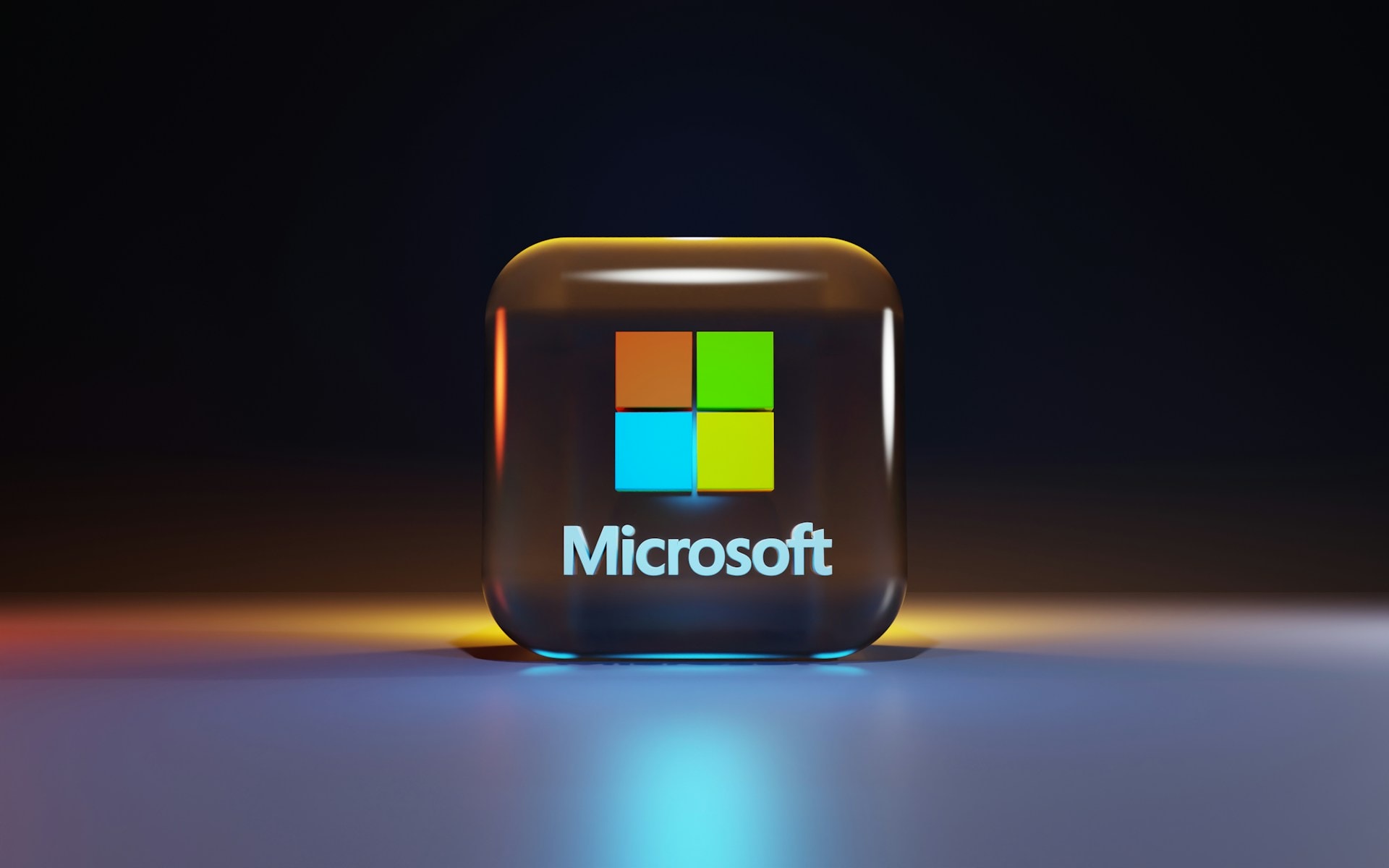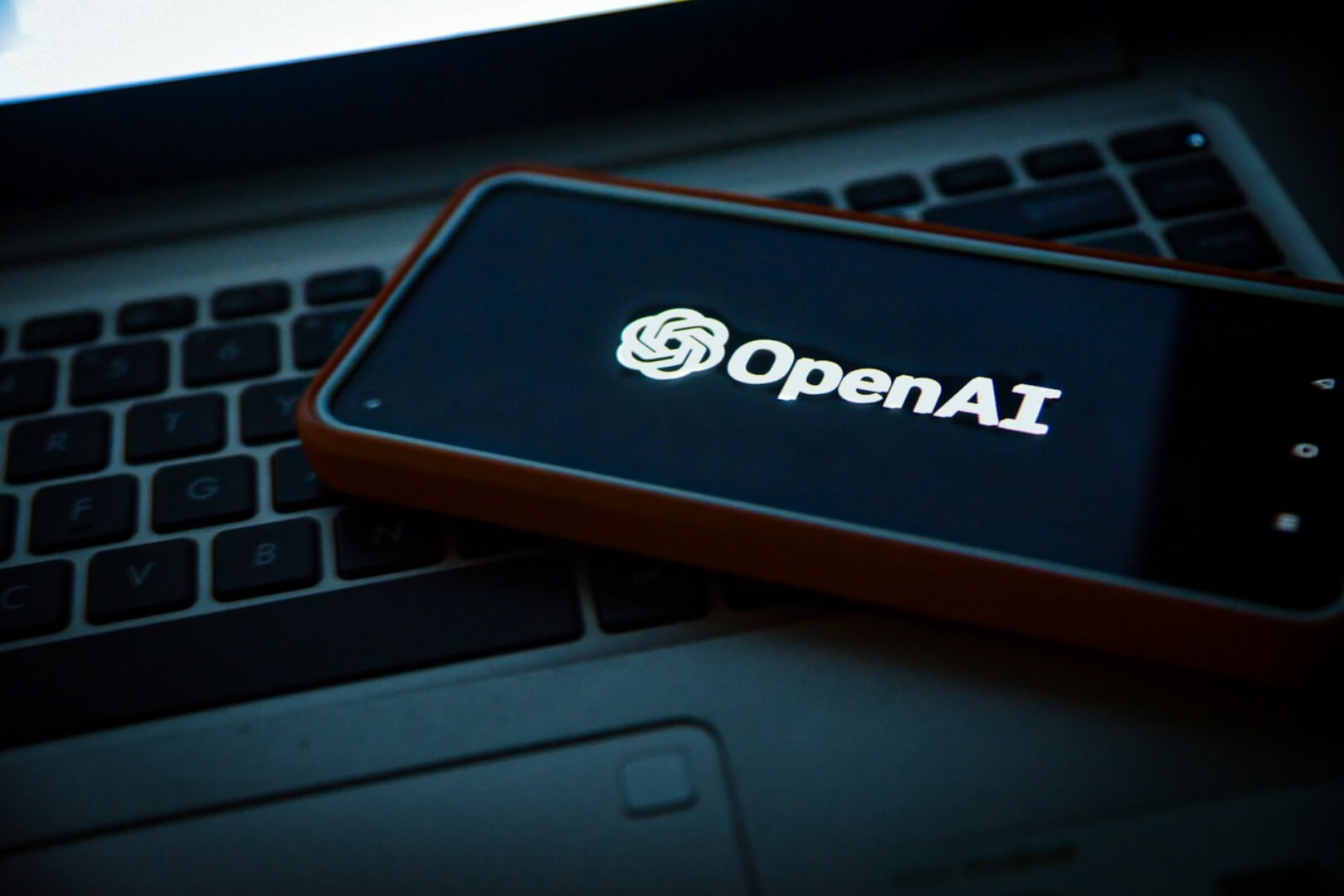MICROSOFT MAKES A STUNNING TURNAROUND
BOOK REVIEW: Hit Refresh: The Quest to Rediscover Microsoft’s Soul and Imagine a Better Future for Everyone by Satya Nadella published by HarperBusiness September 26, 2017, 293 pages
Hit Refresh, the best-selling memoir of its new CEO, Satya Nadella, aims for the higher moral ground. For Nadella, success, life, relationships, work, everything hangs on “empathy”. It is key to rebuilding the company’s “soul”.
While empathy has become something of a buzzword in the digital age, it might yet prove to be the best strategy to change the tech industry’s image. An image badly battered by mounting criticism for squandering funds, mistreating workers, prying into people’s private lives, using personal data for commercial ends and allowing fake news to multiply.
But empathy seems to work – at least at Microsoft. Since Nadella became CEO in 2014, he has spruced up the firm’s image and helped it turn a corner, becoming once again “cool” for its employees, attuned to client expectations and open to collaboration with companies once viewed as rivals. For example, he opened to Linux, even declaring “Microsoft loves (heart sign) Linux”, a radical change from the times when Microsoft scorned the open-source community.
Today, as Nadella reminds us in his book, “Microsoft is on course to have its own $20 billion cloud business”. He has engaged in several high-profile acquisitions, notably Mojang, the Swedish game company whose hugely successful Minecraft is played on several platforms, Apple’s IOS mobile devices, Sony’s Playstation as well as Microsoft Xbox – thus proving how far Microsoft’s competitive mindset has changed.
But it’s not just one more video game. Microsoft is bringing Minecraft into the education industry: Many teachers have found it useful in their classroom and Microsoft has established a portal to help educators and give them class resources. And to grow Minecraft further, virtual reality is seen as the next frontier.
In the photo: Students playing Minecraft Photo credit: Photo by Unknown Author is licensed under CC BY
Most recently, in December 2016, after getting European Commission approval, Nadella closed a $26.2 billion deal with LinkedIn. Clearly, Nadella was impressed by LinkedIn’s network of 433 million professionals and LinkedIn founder Reid Hoffman saw it as a “re-founding moment”. By March 2017, Hoffman had joined the Microsoft board.
In short, Nadella deeply changed the Microsoft culture, and now the firm’s mission statement reads:
“Empower every person and organization on the planet to achieve more”
What could be a better definition of empathy?
Nadella’s two predecessors in the job, Bill Gates, the firm’s founder, and Steve Ballmer, were not into “empathy” the way he is. Known as hard-nosed, staunch competitors, they were willing to milk the cash cow down to the last drop.
But Bill Gates, headed for the green fields of philanthropy, left in 2000 (though he continues working at the firm and remained Chairman until 2014) and Steve Ballmer had already started the Microsoft turnaround when Nadella took over.
What Nadella did and is still doing is accelerating the turnaround and seeking to complete it.
Reading the book, one gets a strong feeling that he was the right man for the job. To begin with, he had the right mindset: He joined Microsoft in 1992 at age 25 (after a stint at Sun Microsystems) because he says, he wanted to work for a company “filled with people who believed they were on a mission to change the world”. And he accumulated the right experience. At Microsoft, he got to know the company inside out and led major cutting-edge projects, including cloud computing.
But he was not a supporter of Microsoft’s acquisition of the Finnish cellphone maker Nokia and seems to have been acutely aware that Microsoft was falling behind. It was a fact that, over the four decades since it was founded in 1975, Microsoft had been progressively losing ground to its main competitors, mainly Apple and Google, missing out on the mobile revolution and slow to catch onto the cloud revolution.
Six months before Nadella stepped into the CEO position, Microsoft posted its first ever quarterly loss.
Nadella somberly notes in his opening chapter, that working at Microsoft was not the same anymore: “Something was changing – and not for the better. Innovation was replaced by bureaucracy. Teamwork was replaced by internal politics. We were falling behind.”
That is what Hit Refresh is about: How he brought the firm back from the brink, what remains to be done. And, connected with this, how he sees the future “beyond the cloud” – perhaps unsurprisingly, three things have caught his eye: Mixed reality, Artificial Intelligence and quantum computing. The three key technologies Microsoft is investing in. He writes (chapter 6, highlights added):
“With mixed reality, we are building the ultimate computer experience […]
Artificial intelligence powers every experience, augmenting human capability […]
quantum computing will allow us to go beyond the bounds of Moore’s Law […] MR, AI, and quantum may be independent threads today, but they are going to come together. We’re betting on it.”
For example, he believes that “quantum computing will give us the computational power to cure cancer and effectively address global warming.”
Heady thoughts. A “magical feeling” as he says, such as he experienced the first time he tried the HoloLens, a successful new technology that “provides access to mixed reality in which the users can navigate both their current location and a remote environment while also manipulating holograms and other digital objects”.
Bill Gates, in his foreword, notes that “this book is a thoughtful guide to an exciting future”. It is that, I agree, and it certainly serves as a useful blueprint for Microsoft employees, providing them with a unique look in the thought processes of their boss. Now they know exactly what he wants and what he expects of them.
But I think it is more than that.
A Memoir from a Sitting CEO
It is more, because Hit Refresh is very unusual, in a class on its own, a memoir from a sitting CEO. Usually, top managers reminisce about their experience after they retire. Not Nadella. This is a rare thing, and a story about a corporate culture turnaround seen from the inside and from the top position, is even rarer.
It is worth listening to what Nadella has to say about his own book:
“At the core, Hit Refresh, is about us humans and the unique quality we call empathy, which will become ever more valuable in a world where the torrent of technology will disrupt the status quo like never before.”
Indeed, that is what permeates most of his book: Empathy, “a desire to empower others”. It is a shield Nadella brandishes against the disruption of the “torrent of technology” is pouring on us.
His book is also about where that “torrent” is heading, the future of technology and, ipso facto, the future of mankind. For Nadella is not only an engineer, he is also a humanist.
The book is divided into three parts, the first focused on his own experience, the second on the Microsoft cultural shift, and the last, outlining the future.
Nadella’s Private Life
Predictably in our voyeuristic age, the first part drew the most attention, judging from the reader reviews and comments on Goodreads and Amazon.
Nadella reveals a lot about himself and his personal journey was extraordinary. He came from a distant country and another culture: India. And, unlike most Americans, he is “obsessed with cricket”. The game helped him shape his three “leadership principles”:
- Compete “vigorously and with passion in the face of uncertainty and intimidation”;
- Put “your team first, ahead of your personal statistics”;
- Be aware of “the central importance of leadership”, a leader must be ahead of the curve.
A leader must “see the external opportunities and the internal capability and culture” and chart a course of action “before they become obvious parts of the conventional wisdom.”
But, like everyone, he also learned from his parents. His father, a dedicated top manager in the Indian Administrative Service, projected a firm, demanding paternal figure, and his loving and unusual mother was also a Sanskrit scholar. What he says about her is stunning: “My mom was just the opposite of a tiger mom. She never pressured me to do anything other than just be happy.”
As a young immigrant in America, the first problem he faced was getting the woman he loved, his wife, to join him. Unquestionably, the most moving passages relate to the tragedy of his eldest child who suffered from asphyxia in utero, a watershed event from which Nadella emerges a better person, deeply compassionate.
No doubt this is how he became an “empathetic leader”, one who does not stay behind his computer but is “out in the world, meeting people where they live and seeing how the technology we create affects their daily activities”.
 In the photo: Nadella chatting with students aspiring for a stage Proto Credit: in StartupItalia! Photo by Unknown Author licensed under CC BY-NC-ND
In the photo: Nadella chatting with students aspiring for a stage Proto Credit: in StartupItalia! Photo by Unknown Author licensed under CC BY-NC-ND
In recounting his story, he even manages not to ruffle the feathers of his predecessor even if he didn’t agree with his decision to acquire Nokia. An acquisition that we all know now was a costly mistake: Microsoft paid $7.9 billion and had to wind Nokia down, writing it off by end 2015. No doubt Balmer did not hold it against Nadella and saw virtue in his colleague.
Yet, when reading it, and before we get annoyed (like so many readers) and want to know more about Nadella’s “secret thoughts and feelings”, we should remember what Nadella himself said about it: “I’m not interested in writing a memoir. I’ll save that for my dotage.” This is not a full-on self-confession à la My Struggle, Karl Ove Knausgård’s hugely successful series of autobiographical novels.
No, what the first part does is simply set the stage for the cultural shift.
It tells us about the chief protagonist, “the tug of responsibility to tell our story from my perspective”, as Nadella put it. His goal is to “share the journey together, the meditations of a sitting CEO in the midst of a massive transformation”. His starting point? Asking himself questions like “Why does Microsoft exist? And why do I exist in this new role?” and sharing the answers with us.
Reviving the “Soul of Microsoft”
The second part of Nadella’s book is about “hitting refresh”, “rediscovering the soul of Microsoft”, doing away with “the hierarchy and pecking order [that] had taken control”, changing the employee mindset from “know-it-alls” to “learn-it-alls”, in short, the cultural shift he operated at Microsoft.
First, he called for “obsessing about our customers”, echoing the Amazon customer-centric fixation. And he outlined many other necessary shifts, making it sometimes sound to outsiders a little too much like corporate pap and a string of slogans – until you remember that Nadella is the one responsible for the cultural shift. And he is disarming when he tells us “it’s about questioning ourselves each day”. He expects of himself and others to move away from a “fixed mindset” that refuses to change towards a “growth mindset” able to learn from mistakes.
One can only agree when Nadella says that the coming digital “transformation” is massive and that “the combination of cloud computing, sensors, Big Data, machine learning, and Artificial Intelligence (AI), mixed reality, and robotics foreshadows socioeconomic change ripped from the pages of science fiction.” Of which, incidentally, Nadella is a fan.
This is where Nadella shows his mettle as a CEO – and it’s probably why Bill Gates saw it as a “guidebook” to the future.
Nadella is aware of the dangers of this coming wave of “intelligent technologies” but he clearly does not share in Stephan Hawking’s sense of doom. He is a risk-taker and a born optimist, perhaps this is where he can be faulted. He tends to downplay some of the dangers of the coming machine age.
For example, Nadella views the growth of AI as “helpful to humankind”, ultimately “human and machines will work together – not against one another”. He believes in “democratizing” it: “Microsoft’s approach is to put the tools for building AI in the hands of everyone”. And he adds confidently, “it’s analogous to the democratization that movable type and the printing press created.”
In my view, that’s a simplification. Gutenberg invented the printing press in 1440, the times were totally different from what they are today: Back then few people were able to read and those who did were highly cultured – no Internet, no fake news to lead them astray.
Still, a good sign: By 2016, Microsoft had joined with Amazon, DeepMind/Google, Facebook and IBM in a Partnership on AI to “benefit people and society”. Let’s hope it becomes a place to freely raise ethical issues.
This said, for many people (myself included), the third part that deals with our future is the most interesting.
The “Fourth Industrial Revolution”
That’s what he calls it. And here he explores some “heady questions”: “What will the role of humans become? Will inequality resolve or worsen? How can governments help?”
His heart is in the right place: for him, privacy, security and free speech are “timeless values in the Digital Age”. There is indeed a “chilling effect” if governments can use information technologies to eavesdrop.
Microsoft supported Apple’s CEO Tim Cook’s position in the 2015 San Bernardino terrorist attack but “recognized that the solution to this problem was too important to be left to a bunch of tech CEOs”. And, in Chapter 7, he offers “six ways lawmakers can shape a framework for building increased societal trust”, including giving governments “an efficient mechanism to obtain digital evidence” while ensuring “stronger privacy protections so that the security of user data is not eroded.” He concludes that:
“What’s become clear is that the world needs a Digital Geneva Convention, a broader multilateral agreement that affirms cybersecurity norms as global rules.”
I couldn’t agree more. Chapter 8 builds “toward an ethical framework for AI design” And his advice to governments in Chapter 9 is especially illuminating. This section is so rich in ideas that there is no space here to do it justice and it is worth buying the book just to read the last three chapters. My hope is that among the readers there will be political leaders (how about it, Mr. Trump?).
A book such as this one could open the minds of the political class to the future and its challenges. We all need to move away from facile judgments and alternative facts.
RELATED ARTICLE: DECONSTRUCTING EMPATHY IN THE DIGITAL AGE by Abilasha Belani

















